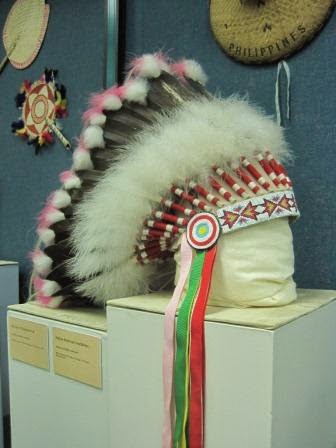Hot Lakes Chronicle - 9 Jun 1885-1916
The first
district newspaper, founded by Theodore Lechner, printed in Rotorua.
Publication was suspended in 1886, reappearing Sun 8 Oct 1887 under ownership
of P A Crawford. Very few copies from this period exist. In Apr 1889 it became
the Hot Lakes Weekly Chronicle, with 12 pages and more news. At this time it
was being printed in Tauranga. Then from Jul 1889 was again called the Hot
Lakes Chronicle, Published by Crawford who had offices at Ohinemutu and then in
Arawa Street.
Proprietor
and editor from 1895, F. F. Watt. Cyclopedia of New Zealand referred to it as “a
first class weekly chronicle of all matters pertaining to the thermal district”.
During the tourist season of 1901 it was published as a bi-weekly, on
Wednesdays and Saturdays, but reverted to the Saturday issue for the winter
months. Eight columns of reading matter, apart from advertisements.
This Newspaper is
now available to read online via the National Library of NZs database, Papers Past. A link to this wonderful
resource is also available on the Rotorua District Library Online Catalogue.
A list of attendees follows this and includes: J.H.
Taylor voted to the chair, C. Malfroy Esq. J.P., Messrs Dansey, McRae,
Warbrick, Webb, Carnachan, W. Kelly, M.H.R. Thom and others from Auckland.
“The
Chairman said it was absolutely necessary for measures to be taken at once for
the preservation and protection of the trout in their rivers and to arrange a
constant supply of them from the hatching ponds. He had heard that the natives
had been spearing and netting them and he had been told that even white people
had threatened to dynamite them…” The
article goes on to document every word said, by every attendee and makes
interesting reading for those interested in how this predecessor of modern
conservation of trout in the district began.
Microfiche of this newspaper is also available to view on the 2nd Floor of the
Rotorua District Library.
Dates available : 15 Feb 1895 - 20 Feb 1897, 4-5 Nov 1905
Other Newspapers also on Microfiche :
Rotorua Post 6 May 1948 - 1960 ; Rotorua Morning Post 24 Aug 1931—May 1948 ;
Rotorua Chronicle 10 Aug 1931 ; Daily Post 1961 to Present Day
Rotorua Post 6 May 1948 - 1960 ; Rotorua Morning Post 24 Aug 1931—May 1948 ;
Rotorua Chronicle 10 Aug 1931 ; Daily Post 1961 to Present Day












